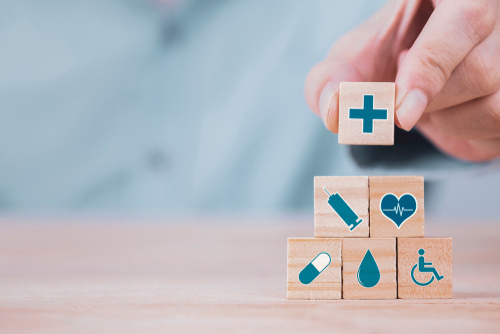How to Create a Healthy Sober Living Environment
Addiction, also known as substance use disorder, is characterized by compulsively engaging in rewarding stimuli despite negative consequence. It is a chronic brain disorder, and is listed as such in the Diagnostic and Statistical Manual of Mental Disorders, Fifth Edition (DSM-5). Since the disease compels an individual to prioritize satisfying her substance cravings above all else, she is likely to experience a plethora of adverse effects. The general treatment process for substance abuse and/ or addiction is comprised of the following three stages, in sequential order: detox, a substance abuse and/ or addiction treatment program, and aftercare. Committing to treatment for substance abuse and/ or addiction entails participating in an all-encompassing recovery plan. There are several treatment formats (i.e., inpatient treatment, outpatient treatment, etc.), many of which offer different therapeutic modalities. Inpatient treatment programs, for example, can provide healthy lifestyle opportunities, such as nutritious meal options, structured time for exercise, and built-in time to cultivate proper sleep hygiene practices.
Aftercare Plan
After an individual has completed a substance abuse or addiction treatment program, it is essential to continue one’s recovery path by adhering to one’s aftercare plan. An aftercare plan is a co creation between the individual and her clinical treatment team that is developed during a treatment program. This serves as a personalized resource that provides individuals with both detailed and broad guidance, often comprised of suggestions for how to navigate challenges post treatment, strategies for relapse prevention, and more to help with continued sober success. This can include things such as moving to a sober living facility, attending regular support group meetings, and practicing healthy methods of self-care.
What Is A Healthy Sober Living Environment?
Environmental conditions play a major role in the treatment of addiction as well as in relapse prevention. Research indicates that “destructive living environments can derail recovery for even highly motivated individuals.” Therefore, for those that do not transition into a sober living facility, an aftercare plan may outline methods to create a healthy sober living environment with which to return, post the completion of the treatment program. According to the Substance Abuse and Mental Health Services Administration (SAMHSA) home is listed as one of the top pillars of a successful recovery. Still, it would be impossible to be able to set yourself up for success and create a healthy sober living environment without knowing precisely what one is. A healthy sober living environment continues to promote and support your recovery goals. All substances and paraphernalia should be removed, and the residence should remain a substance-free home, where alcohol and drugs are not allowed. A healthy sober living environment will be a clean, safe, stable residence where you can continue focusing on your sobriety. Residing in a healthy sober living environment, where your sobriety will not be threatened is a fundamental component of your continued recovery.
For Information and Support
Substance abuse and addiction can be incredibly dangerous and can result in severe short and long-term consequences. If you or someone you know is suffering from substance abuse or addiction, please get help as soon as possible. The earlier you seek support, the sooner you and your loved ones can return to leading happy, healthy, and fulfilling lives. There is no reason to go through this alone, and we are here to help. Please feel free to reach out to us for further information or with any questions regarding substance abuse or addiction. We are available anytime via telephone at: 213-389-9964, or you can always email us at: info@friendlyhousela.org.



